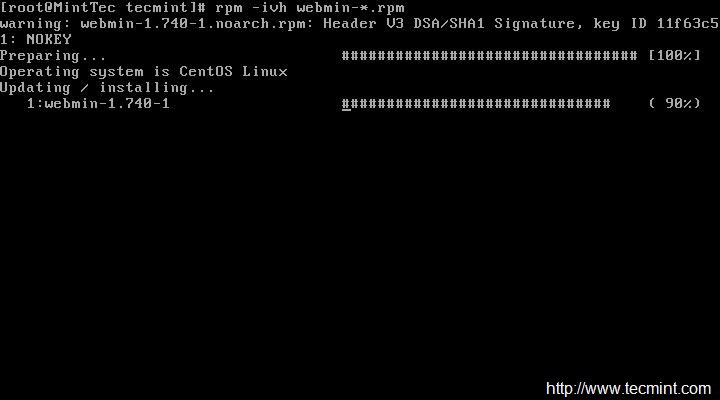
(Fig.01: ntop Global TCP/UDP Protocol Distribution Graphs ) You can view ntop stats by visiting following url: –use-syslog=daemon : Use syslog daemon.īy default ntop listen on 3000 port.–skip-version-check : By default, ntop accesses a remote file to periodically check if the most current version is running.You may need to backup database as part of your disaster recovery program.
 -P /usr/local/var/ntop : Specify where ntop stores database files. -L : Send all log messages to the system log (/var/log/messages) instead of screen. -i “eth0,eth1” : Specifies the network interface or interfaces to be used by ntop for network monitoring. # /usr/local/bin/ntop -i "eth0,eth1" -d -L -u ntop -P /usr/local/var/ntop -skip-version-check -use-syslog=daemon If you have multiple interface (eth0, eth1 and so on), start ntop as follows: Mon Jul 28 03:42:19 2008 Initializing gdbm databases Sample output: Mon Jul 28 03:42:19 2008 NOTE: Interface merge enabled by default # /usr/local/bin/ntop -d -L -u ntop -P /usr/local/var/ntop -skip-version-check -use-syslog=daemon Type the following command to start ntop: Mon Jul 28 03:38:42 2008 Admin user password has been set Start ntop Please enter the password for the admin user: Ntop startup - waiting for user response! Mon Jul 28 03:38:34 2008 Initializing gdbm databases Sample output: Mon Jul 28 03:38:34 2008 NOTE: Interface merge enabled by default Type the following command to set ntop admin password, enter: # chown ntop:ntop /usr/local/share/ntop/ Setup ntop user admin password Next, you need to setup directory permissions, enter: # useradd -M -s /sbin/nologin -r ntop Setup directory permissions
-P /usr/local/var/ntop : Specify where ntop stores database files. -L : Send all log messages to the system log (/var/log/messages) instead of screen. -i “eth0,eth1” : Specifies the network interface or interfaces to be used by ntop for network monitoring. # /usr/local/bin/ntop -i "eth0,eth1" -d -L -u ntop -P /usr/local/var/ntop -skip-version-check -use-syslog=daemon If you have multiple interface (eth0, eth1 and so on), start ntop as follows: Mon Jul 28 03:42:19 2008 Initializing gdbm databases Sample output: Mon Jul 28 03:42:19 2008 NOTE: Interface merge enabled by default # /usr/local/bin/ntop -d -L -u ntop -P /usr/local/var/ntop -skip-version-check -use-syslog=daemon Type the following command to start ntop: Mon Jul 28 03:38:42 2008 Admin user password has been set Start ntop Please enter the password for the admin user: Ntop startup - waiting for user response! Mon Jul 28 03:38:34 2008 Initializing gdbm databases Sample output: Mon Jul 28 03:38:34 2008 NOTE: Interface merge enabled by default Type the following command to set ntop admin password, enter: # chown ntop:ntop /usr/local/share/ntop/ Setup ntop user admin password Next, you need to setup directory permissions, enter: # useradd -M -s /sbin/nologin -r ntop Setup directory permissions 
Type the following command to run ntop as ntop user, enter: Type the following commands to compile and install ntop:

# tar -zxvf ntop-3.3.6.tar.gz Configure and Compile ntop under RHEL You can use wget to grab the same, enter: Visit ntop project to grab latest version. Following instructions are tested on 32/64 bit versions only:







 0 kommentar(er)
0 kommentar(er)
